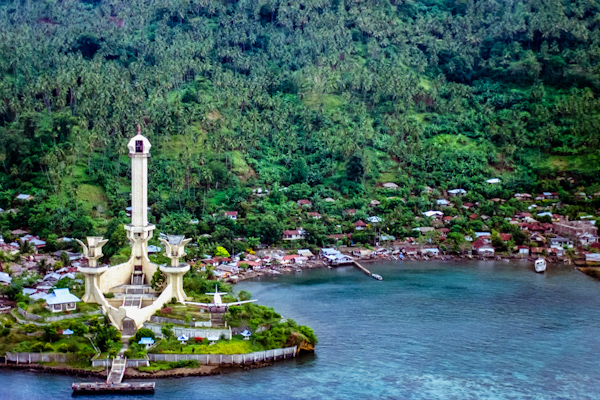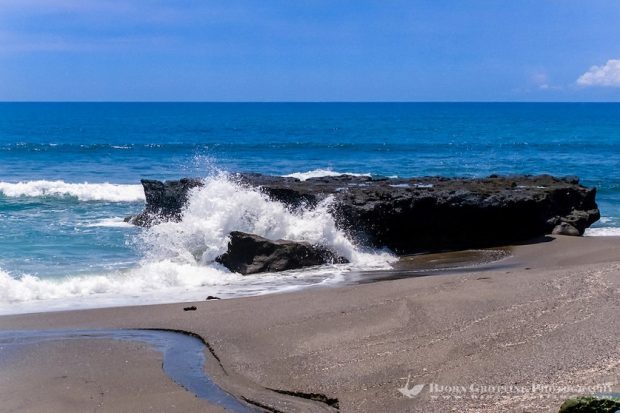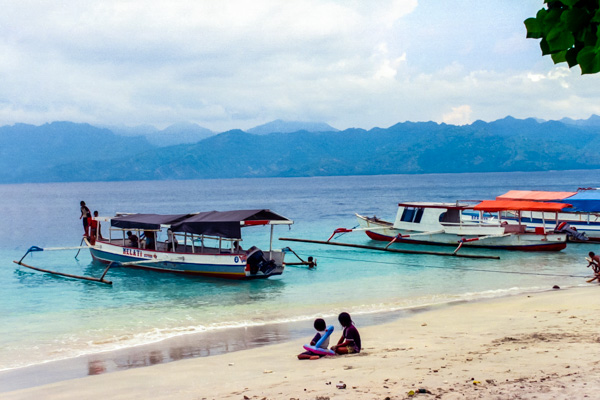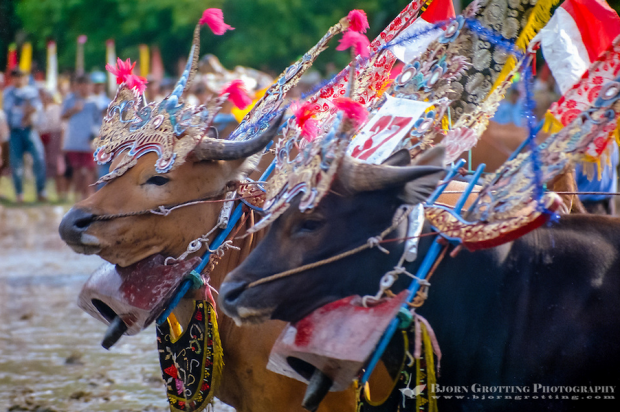Singaraja was once the center of trade on Bali, as well as the capital of the island. Traders from all over Asia have arrived here since the 10th century, trading goods like weapons and opium in change of fresh water, food, cattle and slaves. Singaraja means “lion king”, while there are no lions here, the name is in remembrance of an old palace built in 1604 by the mighty king Raja Panji Sakti.

Raja Panji Sakti was eventually defeated by the Dutch in a large battle near the Jagaraga village. The Dutch took control of the entire Buleleng region in 1848, and Singaraja was the administrative center of Bali and the lesser Sunda islands (Nusa Tenggara) until 1953
. The majority of the population are Hindu, with a large number of Chinese and Muslims. It is still the second largest city on Bali, but the golden days are now just a memory.

There are not many attractions in the city, but some old colonial buildings is a witness of better times, at least for the Dutch. This is one of the very few places on Bali where you can still see remnants of Dutch influence. In the harbor you can see the characteristic statue of Ketut Merta. After WW2, when the Dutch tried to reclaim their former colony, a Dutch patrol boat hoisted the Dutch flag in the Buleleng harbor. Ketut Merta climbed the mast and replaced it with an Indonesian flag, minutes later he was killed by Dutch machine guns.

The main temple in Singaraja is Pura Jagat Natha, which is also North Bali’s largest temple. This is a large, impressive building which unfortunately most of the time is closed for visitors. There are no first class hotels in the city, but accommodation of simpler standard is easy to find. This can be a good place for exploring the rest of North Bali, but most people prefer to stay in Lovina a few km’s away.
The city is a transport intersection for the northern coast. You can find a bus or bemo here that takes you to other towns on Bali, and also cities on Java like Surabaya.
In the nearby surroundings of Singaraja there are a lot of interesting places to visit, like the many temples in north-Balinese style in the Sangsit and Kubutambahan villages. In the mountains south of Singaraja, along the road to Bedugul, you can visit several waterfalls. Like most waterfalls in Indonesia these are relatively small, but they have a certain charm and attracts many tourists. The most famous is maybe Air Terjun Gitgit, about half an hour walk from the main road. The path passes through lovely rice fields, and the inevitable souvenir stalls are easy to bypass.









